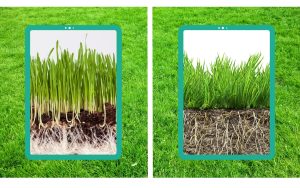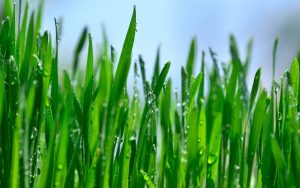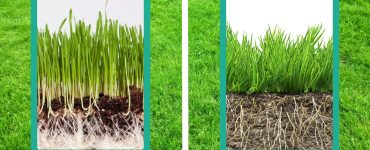Wheatgrass is a fast-growing grass that can be used as an alternative to traditional lawn grass. Wheatgrass can grow in as little as four weeks, and can be used to replace turf grass in areas where maintenance is difficult or impossible. Wheatgrass requires very little water and fertilizer, making it an ideal choice for areas where drought conditions prevail. While wheatgrass can offer some benefits, it’s essential to consider various factors, including whether it’s a suitable choice for your lawn and when to consult a professional lawn care service.
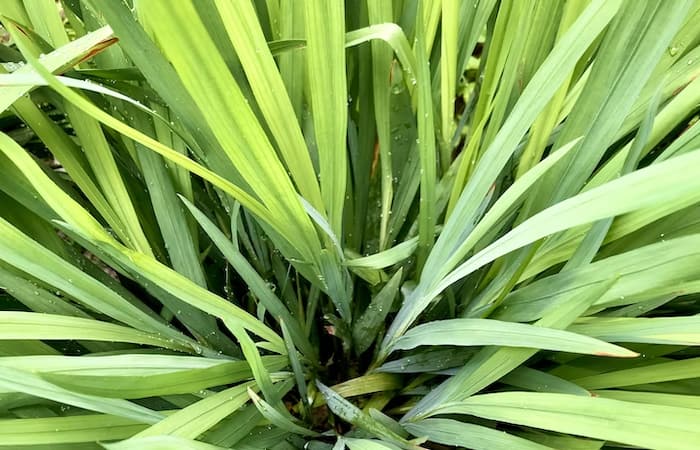
What is Wheatgrass?
Wheatgrass is a grass found in temperate climates. It is the most common type of grass and is used to make flour, beer, and other alcoholic drinks. Wheatgrass has many health benefits, including reducing inflammation and helping improve digestion.
Things You Need to Know when Growing Wheatgrass for Lawn
Wheatgrass is a great addition to any lawn, providing both aesthetic and nutritional value. Here are five things you need to know when growing wheatgrass for your lawn:
Can Be Difficult to Grow
Wheatgrass is a difficult plant to grow because it requires a lot of care. Wheatgrass needs to be grown in a moist environment, and it can be challenging to keep it that way. Wheatgrass also grows slowly, so it may take a long time to see results.
Needs Sunlight and Plenty of Water to Grow Well
Wheatgrass, like all plants, needs sunlight and water to grow. Wheatgrass can only survive in areas with direct sunlight and ample amounts of water. If wheatgrass does not receive enough light or water, it will not grow properly and may look distorted or have brown patches on its leaves.
Can Be Difficult to Transplant
Wheatgrass is a difficult plant to transplant because of its shallow root system. When transplanted, wheatgrass often becomes entangled in the surrounding soil, which can lead to reduced growth and a decreased yield.
Additionally, wheatgrass is susceptible to diseases and pests when grown outside of its natural environment, which can make it difficult to establish a successful crop.
Need Pruning Regularly
Wheatgrass does best when it is kept trimmed regularly. This is to ensure that the blades remain close to the ground, which in turn helps to produce more nutritious plants and fewer weed seeds. Additionally, overgrown grass can block sunlight from reaching the roots, causing the plants to become stunted and weak.
Provide Years of Beautiful Greenery
Wheatgrass is a perennial grass that can grow quickly and provide years of beautiful greenery. The plant has a deep root system and can tolerate a wide range of soil conditions.
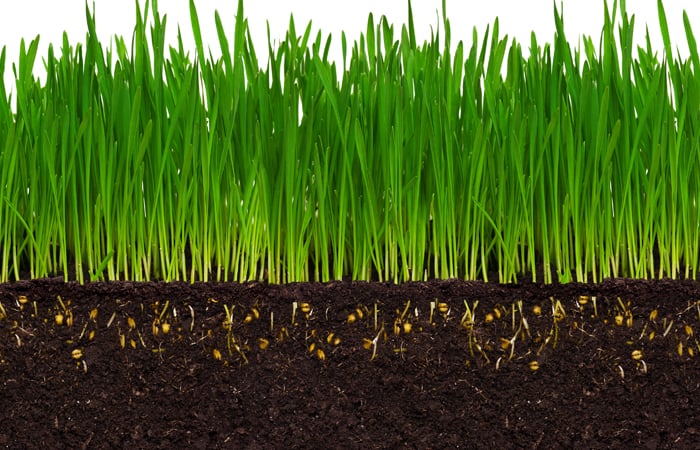
Benefits of Wheatgrass for Lawn
Wheatgrass is a leafy green plant that is related to barley. Wheatgrass can be found in many grocery stores, health food stores, and even some convenience stores. Wheatgrass has many benefits for lawns and gardens. Here are 5 of the most important benefits of wheatgrass for lawns:
Helps Reduce the Number of Weeds in The Lawn
Wheatgrass has been shown to have numerous benefits, one of which is its ability to reduce the number of weeds in the lawn. Wheatgrass can inhibit the growth of many weed species, including dandelions, chickweed, and common ragweed.
Resistant to Drought
Wheatgrass is resistant to drought because it can take up a large amount of water in its leaves. This water stays in the plant even when the rest of the plant is dehydrated, which prevents the plant from dying.
Thick Root System
Wheatgrass has a thick root system because it spends a lot of time growing underground. This helps to keep the wheatgrass plant stable and healthy in difficult weather conditions. It also helps to distribute water and nutrients evenly throughout the plant.
Endures Many Types of Weather
Wheatgrass has a high water-holding capacity, which allows it to persist under drier conditions. Additionally, wheatgrass is an annual grass and as such is able to store more water than a perennial grass. This makes it less sensitive to drought conditions and helps it withstand multiple rounds of dry weather.
Drawbacks of Wheatgrass for Lawn
Wheatgrass has many benefits for lawns, but there are also several drawbacks that should be considered before planting wheatgrass.
May Not Be Suitable for All Lawn Types
Wheatgrass may not be suitable for all lawn types due to its height, spread, and propensity for establishing itself in areas that are difficult to maintain. Additionally, wheatgrass is not well-suited to areas with high water demands or low fertility because it relies on constant irrigation to survive.
May Not Be Compatible with Other Plants
Wheatgrass can be found in many different climates, but is not always compatible with other plants. Wheatgrass typically needs warmer temperatures than other plants, so it may not be compatible in colder climates. Additionally, wheatgrass can be invasive and compete with other plants for water and nutrients.
Can Be Tough to Establish
Wheatgrass is a difficult plant to establish in the garden because it does not reliably self-seed. It also takes a long time to mature, so it is not a viable option for those looking for an immediate crop. Wheatgrass is most commonly grown as an ornamental, but it can be used in juicing or as part of a detox program.
May Not Reseed as Easily Like Other Lawn Grasses
Wheatgrass may not reseed easily because it is a different species of grass. Other lawn grasses are typically cross-pollinated by insects, which helps the plants to grow and reproduce. Wheatgrass does not have many pollinators, so it may not be able to propagate as easily.
Conclusion
In conclusion, wheatgrass can be used for Lawn but should only be used as a treatment for existing grass problems and not as a replacement for grass. If you are looking to add wheatgrass to your lawn, make sure to consult with a professional first.


